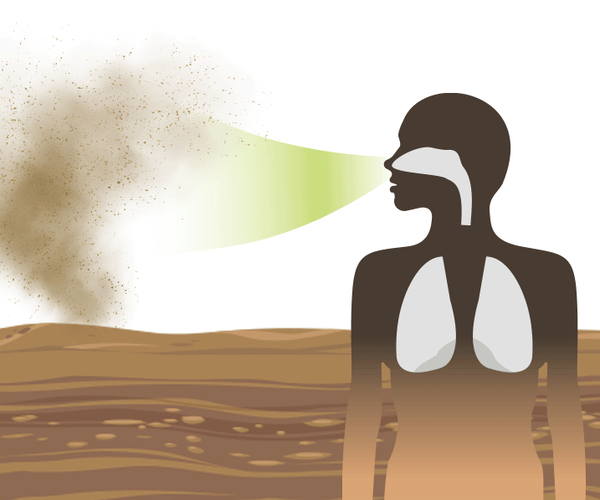CENTRAL VALLEY — Don’t be alarmed if you spot sleek aircraft flying low over farmland or urban corridors in the next few days — it’s NASA in action. From June 29 through July 2, residents of California’s Central Valley will be part of a rare scientific flyover as part of NASA’s Student Airborne Research Program (SARP).
Two aircraft — NASA’s P-3 Orion and a King Air B200 — will conduct low-altitude atmospheric research missions over the Central Valley, Los Angeles Basin, and Salton Sea. These flights will measure air quality and emissions near sources like power plants, landfills, and high-traffic urban zones — using specialized flight maneuvers that include vertical spirals, low flybys, and missed approaches at local airports.
The program, an eight-week summer internship, gives undergraduate students real-world experience working with research aircraft and collecting environmental data. “The SARP flights have become mainstays of NASA’s Airborne Science Program,” said Brian Bernth, NASA Wallops chief of flight operations. “They expose highly competitive STEM students to real-world data gathering within a dynamic flight environment.”
NASA’s P-3, based in Virginia, is loaded with six atmospheric instruments and can support up to 40 hours of coastal science flights. The King Air B200, operated by Dynamic Aviation, will fly independently but simultaneously.
The Central Valley’s unique landscape — a patchwork of agriculture, highways, industry, and rural communities — makes it an ideal region for studying ground-level emissions and their impact on air quality.
“These flights are not just for the students,” Bernth added. “Despite SARP being a learning experience for both the students and mentors alike, our P-3 is being flown and performing maneuvers in some of the most complex and restricted airspace in the country. Tight coordination and crew resource management is needed to ensure these flights are executed with precision but also safely.”
For more information about the program, visit NASA’s SARP page at science.nasa.gov/earth-science/early-career-opportunities/student-airborne-research-program.





